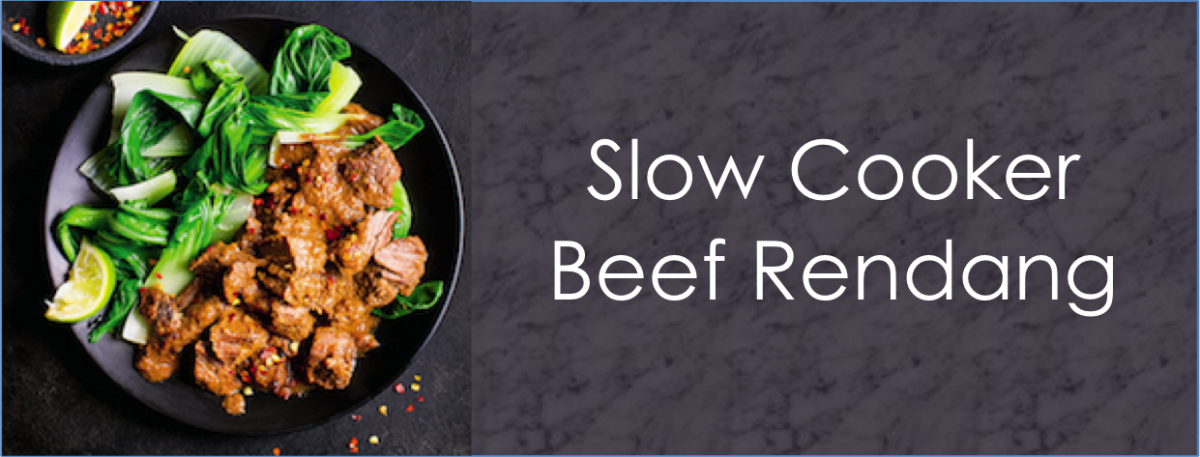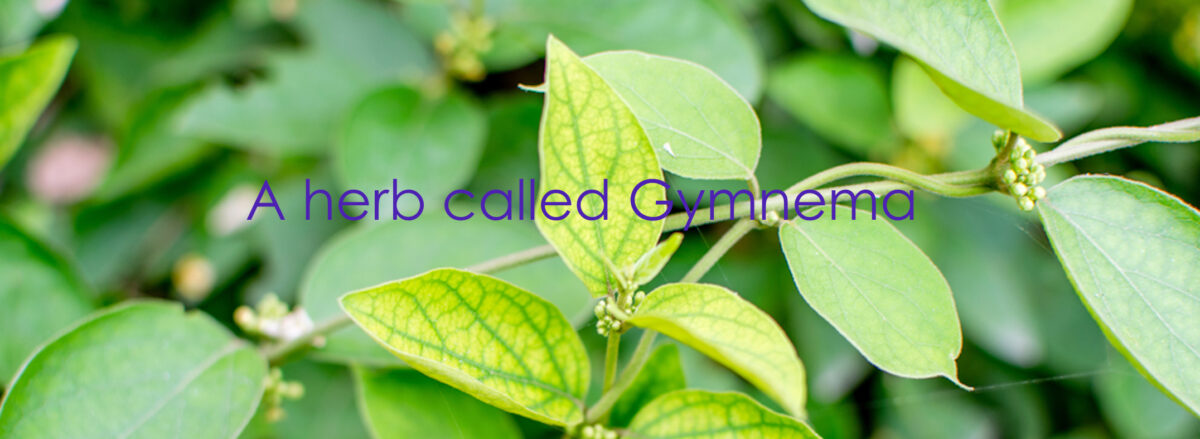Todays post is about a herb called Gymnema.
Recently Scott was talking about the existence of a herb that altered how food tastes.
Now I don’t mean how when you add basil to the risotto it adds to the flavour. I mean the herb changes how we perceive what the food tastes like. I was instantly intrigued and asked him to help me find out more.
What is it?
The herb is called Gymnema or Gymnema sylvestre.
It is actually a woody climbing shrub that’s native to the tropical forests of India, Africa and Australia. Common names include gymnema, Australian cowplant, Periploca of the woods, and the Hindi term gurmar, which means, “sugar destroyer”. Its leaves have been used in the ancient Indian medicinal practice Ayurveda for thousands of years.
How does it work?
The leaves contain active plant molecules called gymnemic acids. These impair the ability to taste sugar by blocking the sweet receptors on the tongue. The leaves can be prepared as a tea, however the beverage has a bitter taste.
The sweet-blocking effect of the herb can last anywhere from 15 to 50 minutes and may even persist for several hours. It is effective against the taste of sucrose (sugar), stevia, xylitol, and artificial sweeteners such as aspartame.
The Gymnemic acids apparently have no long-term effects on taste and they do not influence bitter, salty, or sour taste perception. Which means that the overall taste of the food eaten will be different.
In 2005 a group of Neuroscience students took part in a laboratory exercise utilising Gymnema. The students reported that sugar felt like melting sand on the tongue and M&Ms tasted chalky, salty, and bitter.
Are there health benefits?
Extracts of this plant are widely used in Australian, Japanese, Vietnamese and Indian medicine.
Several studies have found that the Gynnemic acid compounds can also attach to receptors on the intestinal walls. This helps to reduce absorption of sugar molecules in the gut. A process that increases insulin production and regenerates insulin-secreting islet cells, creating favourable insulin levels. Both processes can help lower blood sugar levels.
The Gymnemic acids also reduce the body’s ability to metabolise carbohydrates in the intestine.
Studies have found that the use of Gymnema significantly reduces the desire for consuming high-sugar sweet foods. This means fewer calories. A consistent calorie deficit will help with weight loss.
Hence, there are benefits of using Gymnema for treating obesity and diabetes.
Several studies have also confirmed the link between excessive sugar intake and increased inflammatory markers in animals and humans.
The ability of Gymnemic acids to reduce sugar absorption in the intestines may also allow it to decrease inflammation caused by excess sugar intake.
This herb also appears to have anti-inflammatory properties of its own. The leaves are considered immunostimulatory, meaning they can regulate the immune system, reducing inflammation. This is thought to be due to its content of tannins and saponins, which are beneficial plant compounds.
In conclusion,
This herb sounds really interesting and I would love to try a ‘taste exercise’ like the students did. Trying different foods after using some of the extract.
On a medicinal note, it is good to see herbs used in practical applications to treat serious health issues such as diabetes and obesity.
I hope you also found this information interesting,
Till the next post,
Live clean n Prosper.
Sources – US National Library of Medicine, Science Direct,Wikipedia, Medical News Today


